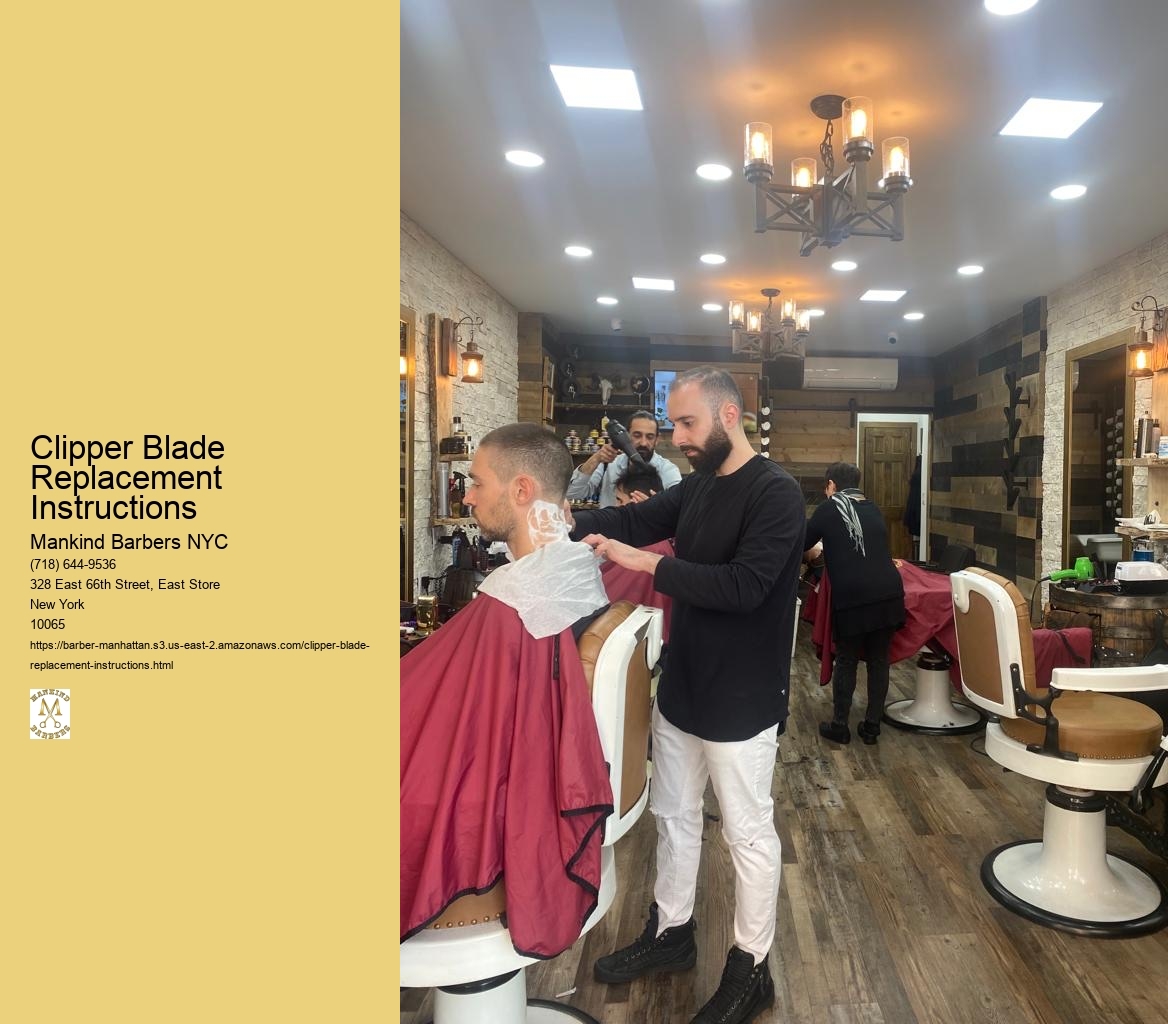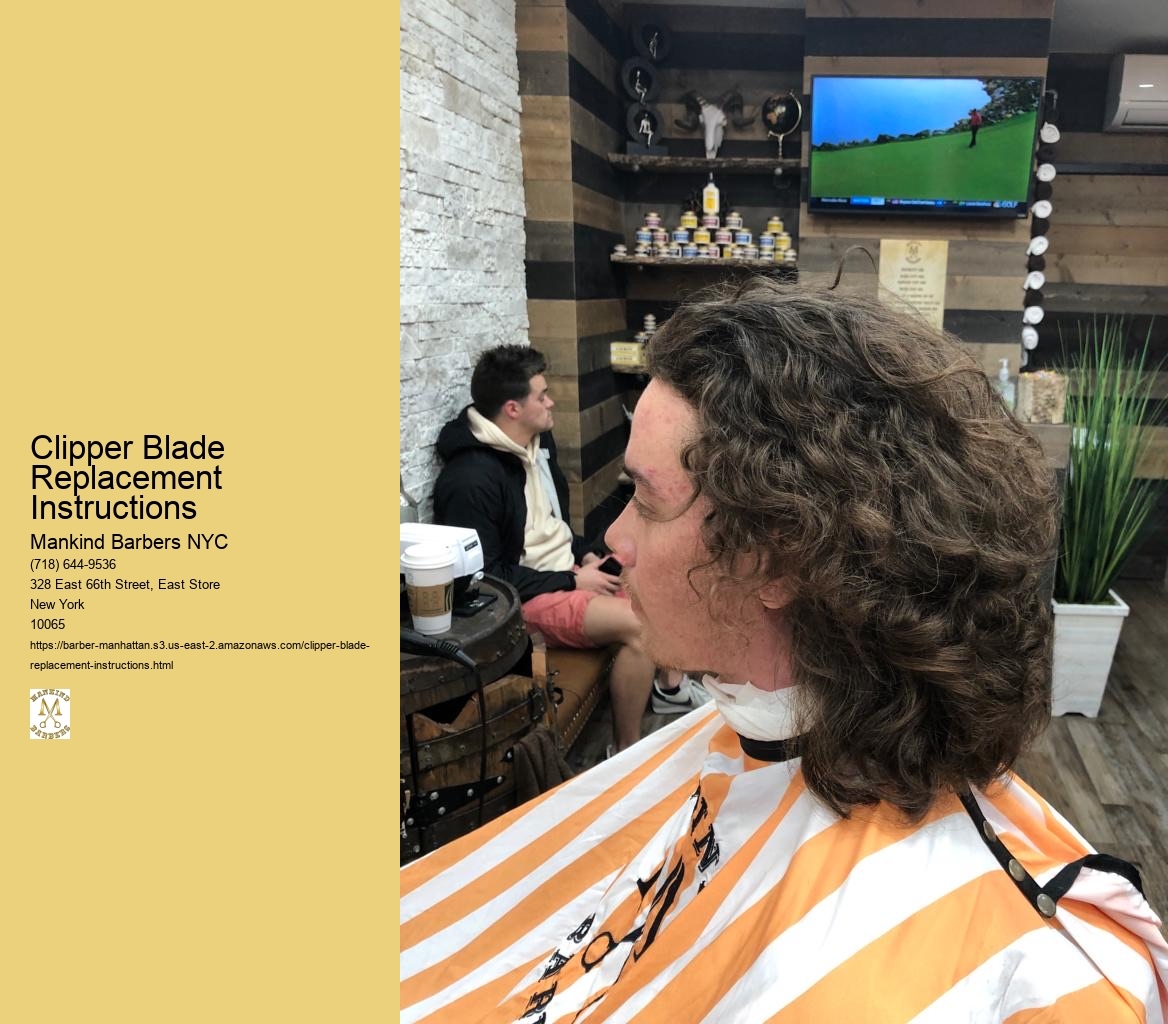

Clipper blades should be replaced regularly to maintain optimal performance, typically every 6 to 12 months, depending on usage. Regular replacement helps to ensure that the blades remain sharp and effective, providing a clean and precise cut. Over time, the blades can become dull or damaged, leading to inefficient cutting and potential discomfort for the user or the animal being groomed.
Signs that indicate it's time to replace clipper blades include dull or uneven cutting, snagging or pulling of hair, and an increase in grooming time. If the blades are causing discomfort or irritation to the animal, it's a clear indication that they need to be replaced. Additionally, if the blades show signs of rust, corrosion, or damage, it's important to replace them promptly to maintain the quality of the grooming process.
Hairbrushes and Combs for MenTo prolong the lifespan of clipper blades, specific maintenance steps should be followed. After each use, the blades should be cleaned and oiled to prevent rust and corrosion. Proper storage in a dry and secure environment is also essential. Regular inspection for any signs of damage or wear is important, and blades should be sharpened or replaced as needed to maintain their effectiveness.

Different types of clipper blades are designed for specific models and may not be interchangeable. It's important to use blades that are compatible with the particular clipper model being used to ensure proper fit and performance. Using incompatible blades can lead to inefficiency, potential damage to the clipper, and subpar grooming results.
Hair Creams for MenSafely replacing clipper blades requires a few essential tools, including a screwdriver or blade removal tool, a brush for cleaning, and clipper blade oil. These tools are necessary for safely removing the old blades, cleaning the clipper, and properly installing the new blades. Hair Vitamins and Supplements for Men Following the manufacturer's instructions for blade replacement is crucial to ensure safety and proper functionality.

When replacing clipper blades, it's important to observe safety precautions to prevent accidents or injuries. This includes ensuring that the clipper is turned off and unplugged before beginning the replacement process. Hair Detanglers for Men Care should be taken when handling sharp blades, and proper disposal of old blades should be done safely to avoid any potential harm.
After replacing clipper blades, specific techniques can be used to align and adjust them for optimal cutting performance. This may involve adjusting the tension of the blades, aligning them properly, and testing the cutting performance to ensure smooth and effective operation. Following the manufacturer's guidelines for blade alignment and adjustment is essential to achieve the best results.
Hair Clippers and Trimmers
When selecting a hair serum for men with heat-damaged hair, it is essential to consider products that offer reparative and protective properties. Look for serums containing ingredients such as argan oil, keratin, and vitamin E, as these can help nourish and strengthen the hair. Additionally, seek out serums specifically formulated for heat protection to shield the hair from further damage. Opt for products that are lightweight and non-greasy to avoid weighing down the hair. It's also beneficial to choose a serum that provides hydration and helps to smooth frizz and flyaways. Conducting a patch test before full application can help ensure compatibility with the scalp and hair.
When selecting the ideal pre-styling cream for heat protection, it's important to consider the specific needs of your hair type and styling routine. Look for a pre-styling cream that offers thermal protection, moisture retention, and frizz control. Ingredients such as argan oil, shea butter, and keratin can help to nourish and protect the hair from heat damage. Additionally, consider products that provide UV protection to shield the hair from sun damage. Opt for a lightweight formula that won't weigh the hair down or leave it feeling greasy. It's also beneficial to choose a pre-styling cream that offers detangling properties to make styling easier and prevent breakage. Lastly, look for products that are free from sulfates, parabens, and other harsh chemicals to ensure the overall health and integrity of the hair.
When selecting a volumizing conditioner for men with thinning hair, it's important to look for products that are specifically formulated to add volume and thickness to the hair. Look for conditioners that contain ingredients such as biotin, keratin, and panthenol, as these can help strengthen and thicken the hair shaft. Additionally, consider products that are labeled as "volumizing" or "thickening" to ensure that they are designed to provide the desired effect. It may also be beneficial to choose conditioners that are free from heavy silicones and sulfates, as these can weigh the hair down and make it appear even thinner. Finally, opt for conditioners that are tailored for men's hair, as they may contain targeted ingredients to address specific concerns related to male pattern baldness or thinning hair.
When selecting the perfect pre-styling cream for heat protection and frizz-free curls, it's essential to consider products that offer thermal protection, humidity resistance, and curl definition. Look for formulations that contain ingredients such as argan oil, shea butter, or coconut oil, as these can provide nourishment and moisture to the hair while protecting it from heat damage. Additionally, seek out products with anti-frizz properties, such as hydrolyzed keratin or silk protein, to help maintain smooth and defined curls. It's also beneficial to opt for creams that are specifically designed for curly hair, as they often contain ingredients tailored to enhance curl pattern and manageability. Prioritizing products with UV protection can further shield the hair from environmental stressors. By considering these factors, individuals can make an informed choice when selecting a pre-styling cream that caters to their specific hair needs.
For men with an oily scalp, it's important to choose natural hair oils that can help balance oil production without weighing the hair down. Look for lightweight oils such as jojoba oil, grapeseed oil, and tea tree oil, which have astringent properties that can help regulate sebum production. Additionally, oils like peppermint oil and rosemary oil can provide a refreshing and invigorating sensation while also helping to control excess oil. These oils can be applied sparingly to the scalp and hair to nourish and condition without adding extra grease. It's also beneficial to consider products labeled as non-comedogenic, as they are less likely to clog pores and contribute to further oiliness.